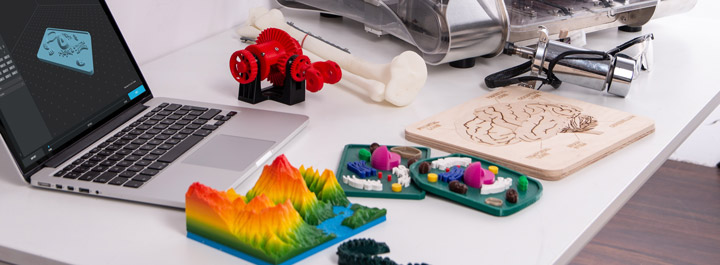
New Algorithm Makes Faster 3D Printing
The so-called ‘Monte Carlo’ (MC) simulation is a conventional model that can predict the direction of UV light travel. While it is often effective, it can take multiple hours to complete. Even very small objects or parts that use a high-end system take time to produce, creating a bottleneck that prevents the scalable production of complex colored parts.
The Charles University’s Computer Graphics Group (CGG) research team adopted a different approach, one that is data-driven. They used a deep neural network resulting in a less number of samples but with higher result variance. It took 30 hours to produce the object, but it is still much less than the 3,000 hours via the conventional MC simulation.
The new algorithm also generalizes better than existing programs between basic shapes and complex geometries. It is ideal for conducting wider 3D print preparation. During testing on a single-GPU workstation, the software ran twice as fast eliminating the conventional need for computer clusters to be assembled.
The Charles University project turned up specimens that have similar level of quality to conventionally 3D-printed objects but had seemingly crisper colors, though performed less well when objects had thin walls. However, the whole process with the revised algorithm proved to be 300 times faster when compared to existing material jetting printing.
The team believes that with this advantage, the new algorithm is robust and can be the solution to the limitations of conventional material jetting modes that affect sharpness and accuracy of any resulting parts. Despite the limited generality of any data-driven model, the approach generalizes well to unseen geometry and material values.
Making Ideas Real Using 3D Printing
When you are looking to 3D print some great idea in color, contact 3D Composites or browse around our website for material and color options.



